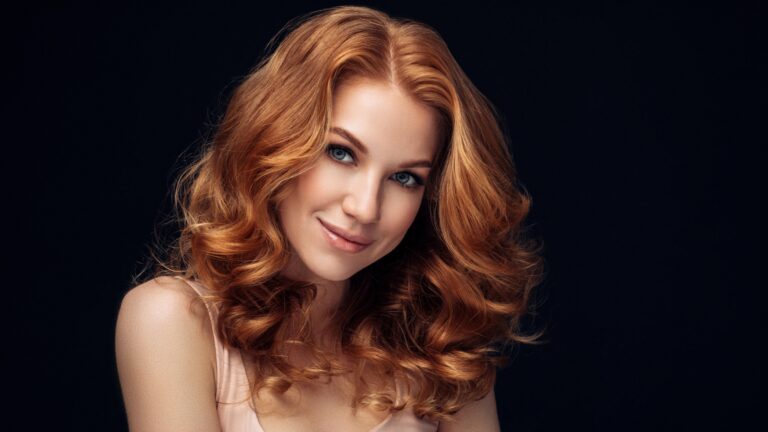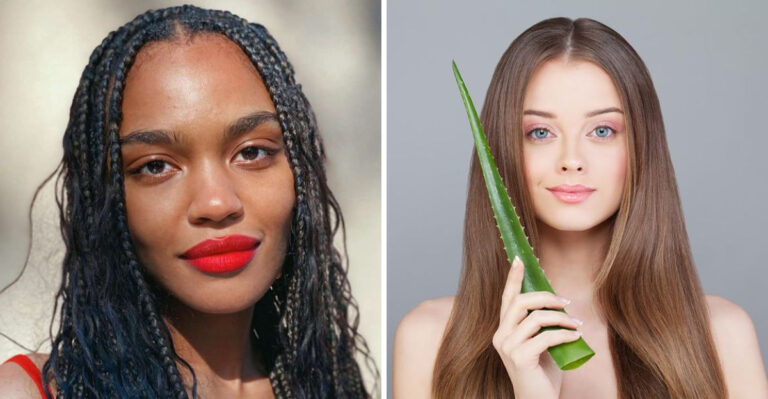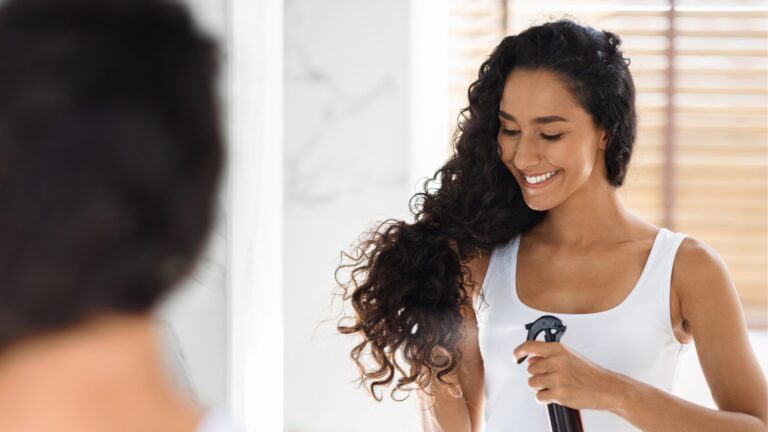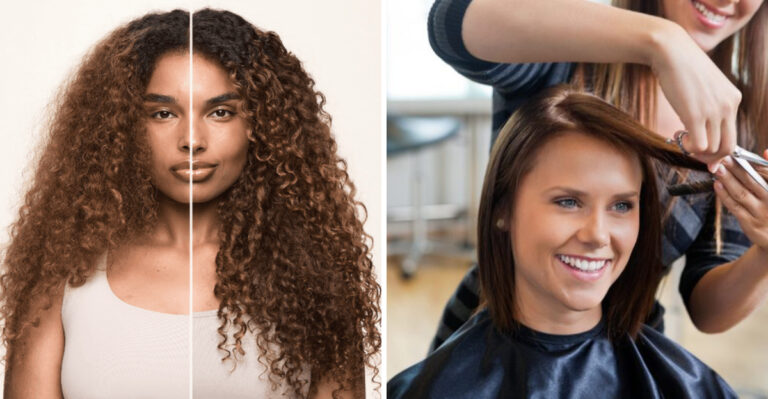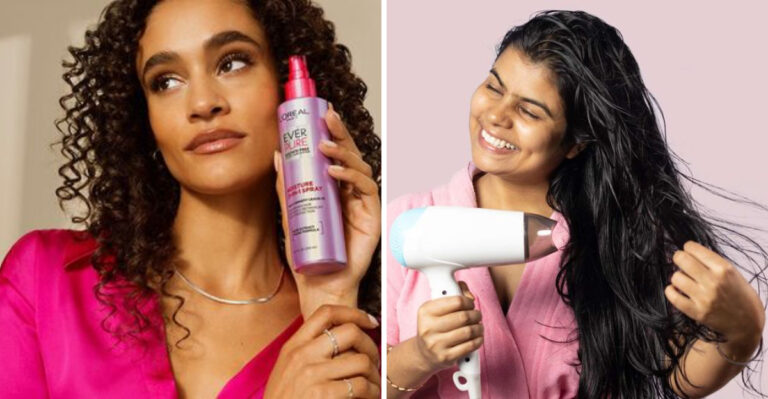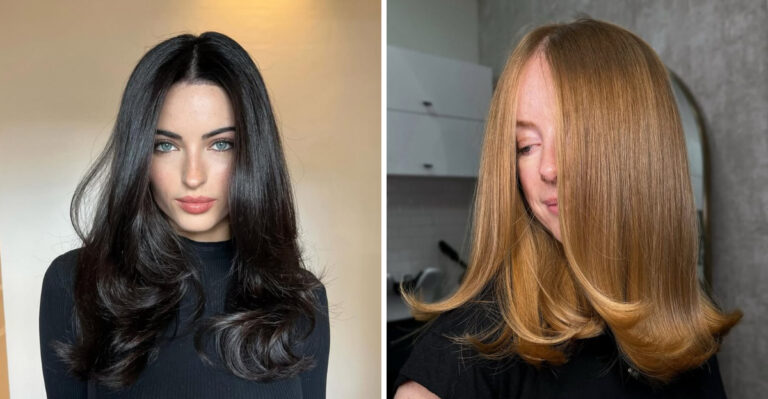The Do’s And Don’ts: 20 Hair Loss Mistakes Older Women Make

Hair thinning becomes a common concern as we age, especially for women. Many everyday habits can unknowingly contribute to hair loss, making an already challenging situation worse. Understanding these mistakes can help you protect your precious locks and maintain fullness even as the years pass.
1. Ignoring Scalp Health

Your scalp is the foundation for healthy hair growth. Neglecting it with infrequent washing allows oil and product buildup to clog follicles. This suffocation effect prevents new hair from growing properly, accelerating thinning over time.
2. Tight Hairstyles That Pull
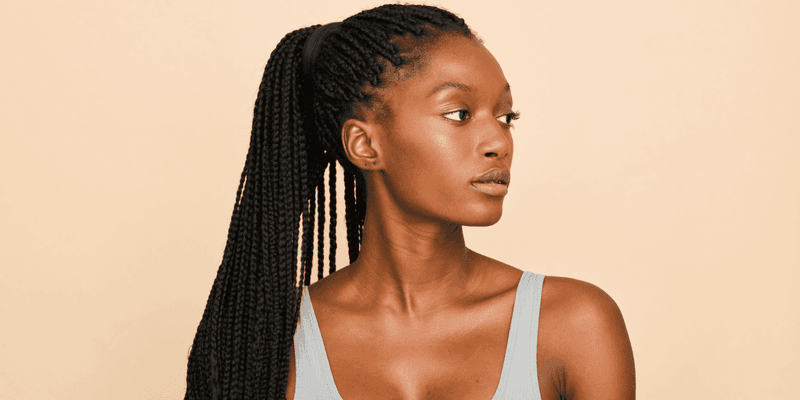
Ponytails, braids, and buns might seem like quick fixes for thinning hair. Unfortunately, these styles create constant tension on your follicles. Over months and years, this pulling leads to traction alopecia – permanent hair loss around your hairline and temples.
3. Heat Styling Damage
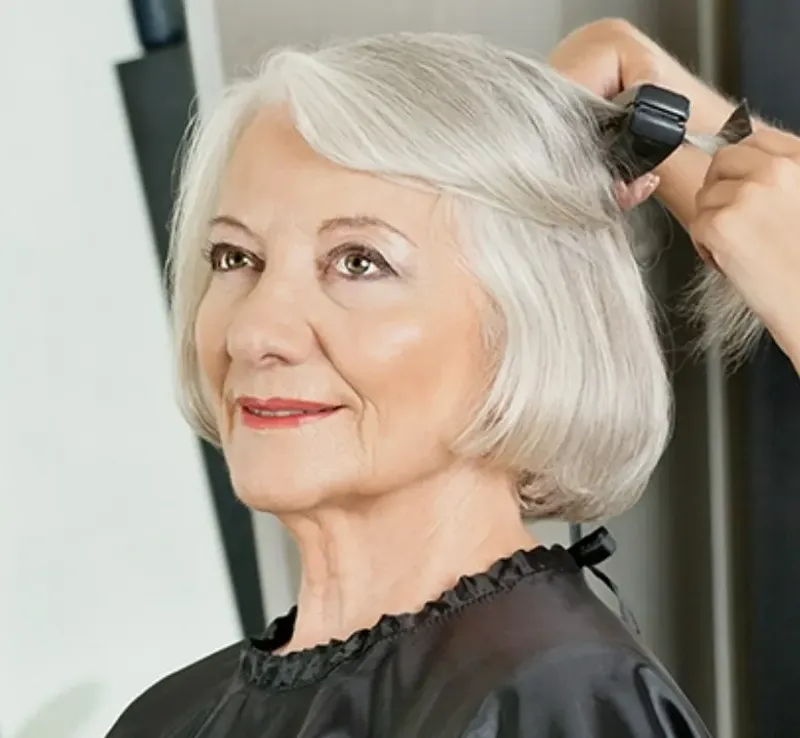
Hot tools might give temporary volume, but they’re silently destroying your strands. Excessive heat breaks down hair’s protein structure, making it brittle and prone to breakage. For aging hair that’s already becoming finer, this thermal assault can be devastating.
4. Avoiding Trims
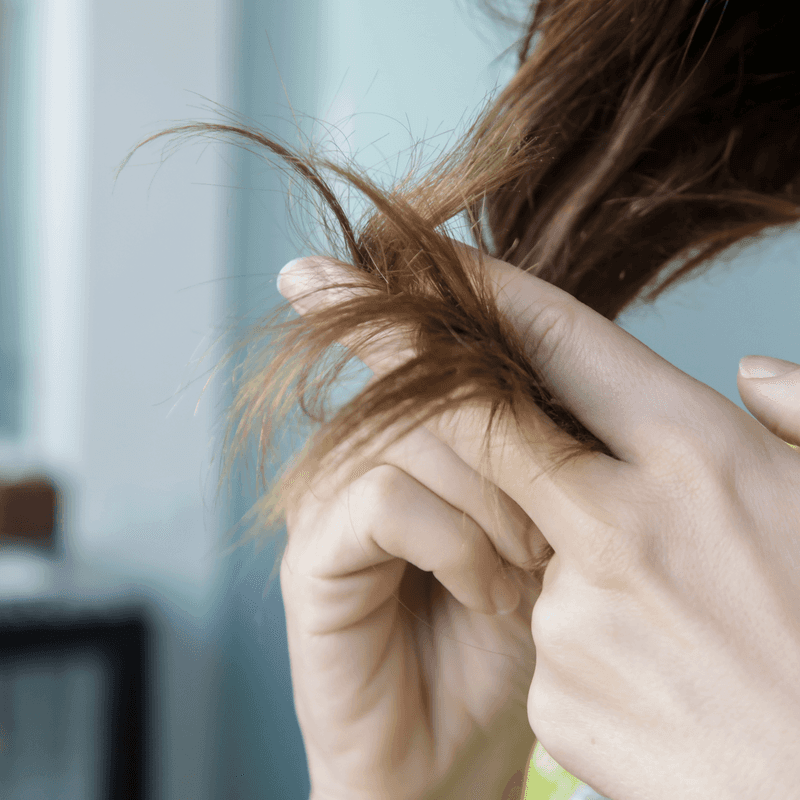
Hanging onto length while ignoring split ends creates a counterproductive situation. Those splits travel upward, weakening each strand and causing breakage higher up. Regular 6-8 week trims actually help aging hair look fuller by eliminating damage before it spreads.
5. Harsh Chemical Treatments
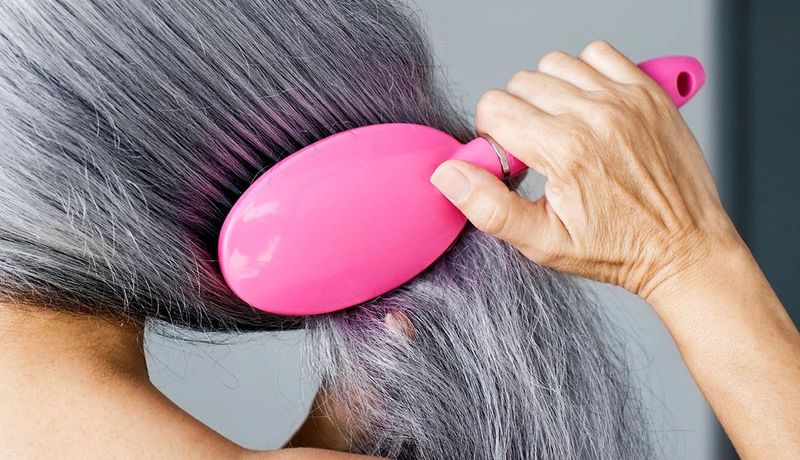
Chemical processes don’t discriminate between young and mature hair. Coloring, perming, and relaxing strip away natural oils and proteins essential for hair strength. Aging hair, already fragile from hormonal changes, simply can’t withstand this chemical warfare without significant loss.
6. Wrong Brushing Techniques

Aggressive brushing tears through tangles, pulling out hairs that might have stayed put with gentler handling. Starting from the scalp and yanking downward creates unnecessary tension. Mature hair needs patience – begin at the ends and work upward with a wide-tooth comb.
7. Skipping Scalp Massage
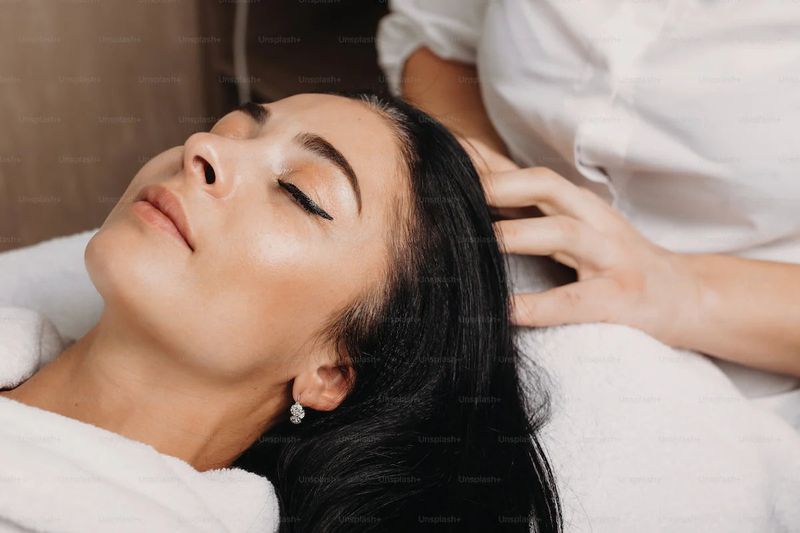
Blood circulation powers hair growth, delivering essential nutrients to your follicles. Without regular stimulation through massage, blood flow diminishes as we age. Just 5 minutes daily of gentle fingertip pressure awakens dormant follicles, potentially reversing early thinning patterns.
8. Nutritional Deficiencies

Your hair reflects what’s happening inside your body. Crash diets or limited food choices common among older adults often lack biotin, iron, and protein – hair’s building blocks. Without these nutrients, new growth becomes increasingly sparse and existing strands grow weaker.
9. Stress Overload
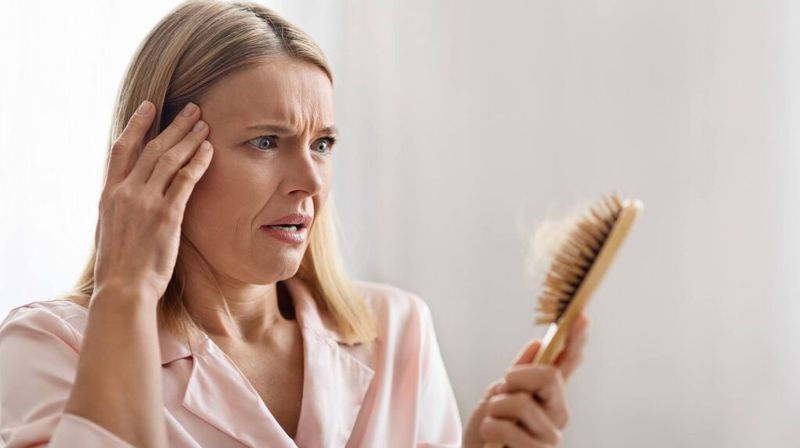
Chronic stress floods your body with cortisol, pushing hair follicles into their resting phase prematurely. This hormonal disruption can trigger telogen effluvium – sudden, diffuse shedding across the scalp. For women over 50 already experiencing hormonal shifts, stress compounds hair loss significantly.
10. Ignoring Medical Conditions
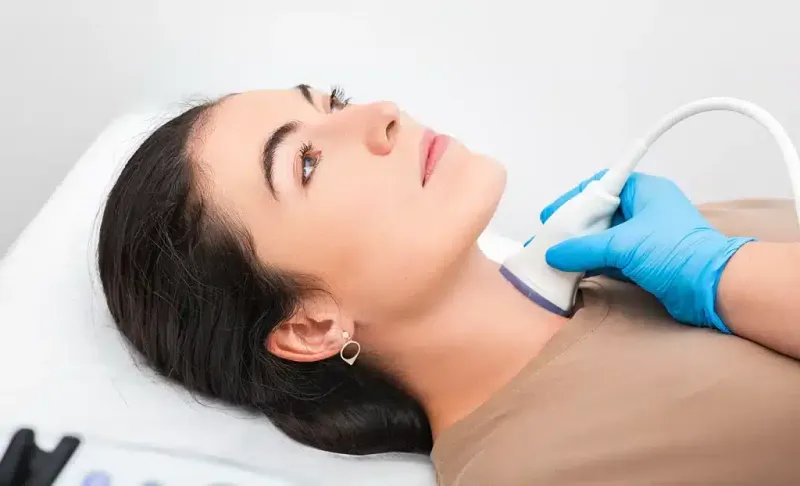
Thyroid disorders, autoimmune conditions, and hormonal imbalances frequently emerge during midlife and beyond. These health issues often announce themselves through hair changes before other symptoms appear. Dismissing new hair loss patterns as “just aging” could delay important medical intervention.
11. Overusing Dry Shampoo
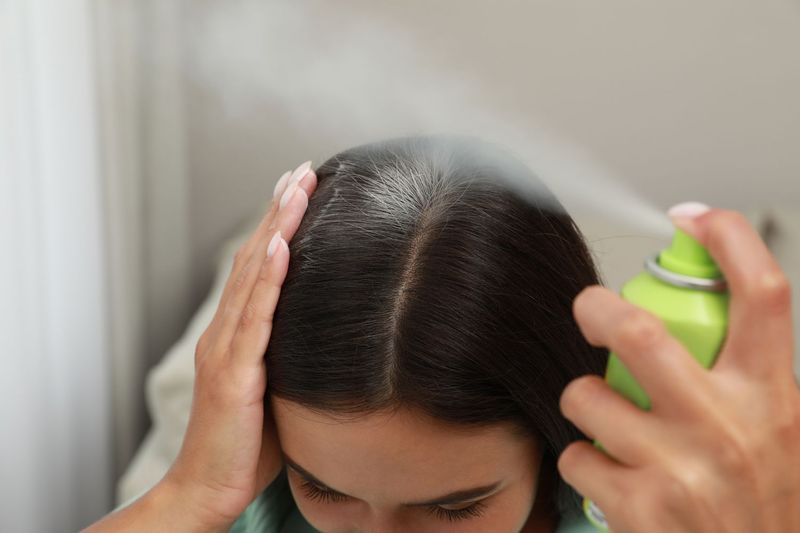
Dry shampoo seems like a miracle for time-strapped days. However, excessive use creates a barrier of powder and residue that suffocates follicles. This buildup prevents natural oil distribution and blocks new growth, particularly problematic for older scalps already producing less sebum.
12. Sleeping With Wet Hair
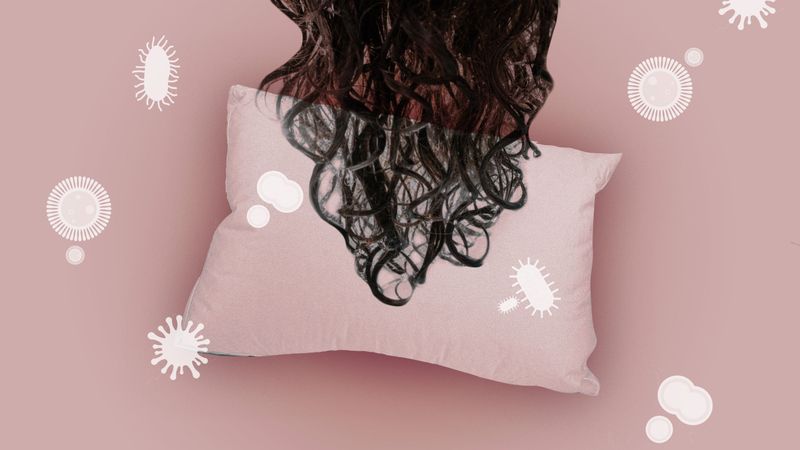
Hair shafts swell when wet, making them vulnerable to friction damage against pillowcases. The tossing and turning during sleep creates tiny tears in the cuticle. For mature hair already weakened by hormonal changes, this nighttime friction accelerates breakage and thinning dramatically.
13. Vitamin Supplement Overload
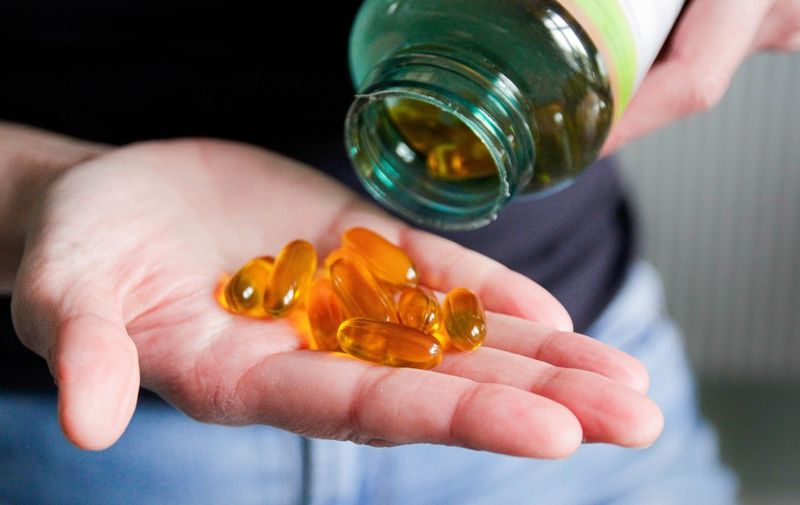
More isn’t always better when it comes to supplements. Excessive vitamin A can actually trigger hair shedding, while too much selenium and vitamin E may have similar effects. Blindly taking handfuls of supplements without professional guidance can worsen the very problem you’re trying to solve.
14. Using Harsh Shampoos
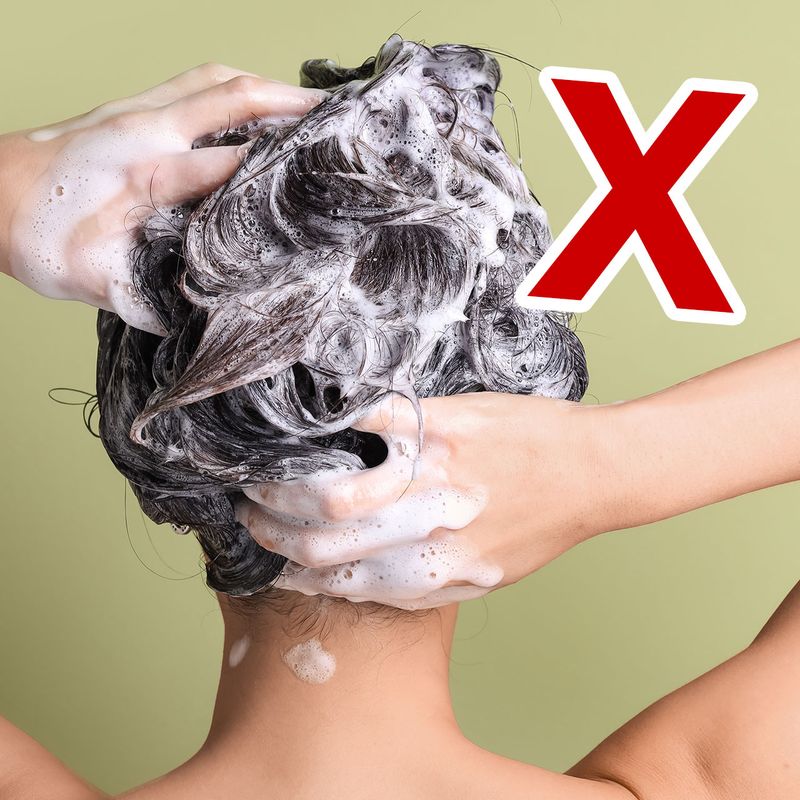
Clarifying and volumizing shampoos strip away natural oils that aging hair desperately needs. These products contain aggressive surfactants that damage the hair’s protective lipid layer. Mature scalps already produce less sebum, making these harsh cleansers particularly damaging to older women’s hair health.
15. Neglecting Scalp Sunscreen
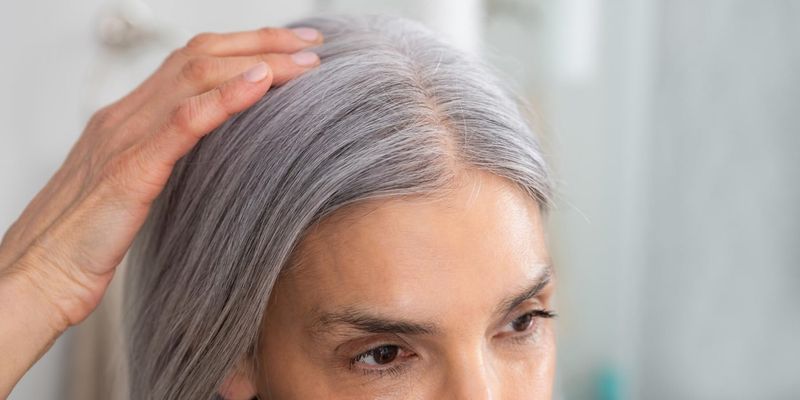
Your scalp is skin too, yet it’s rarely protected from UV damage. Sun exposure damages follicles directly and accelerates aging of the scalp tissue. For thinning hair that exposes more scalp, this unprotected exposure can permanently damage follicles that might otherwise recover.
16. Washing Hair Too Frequently
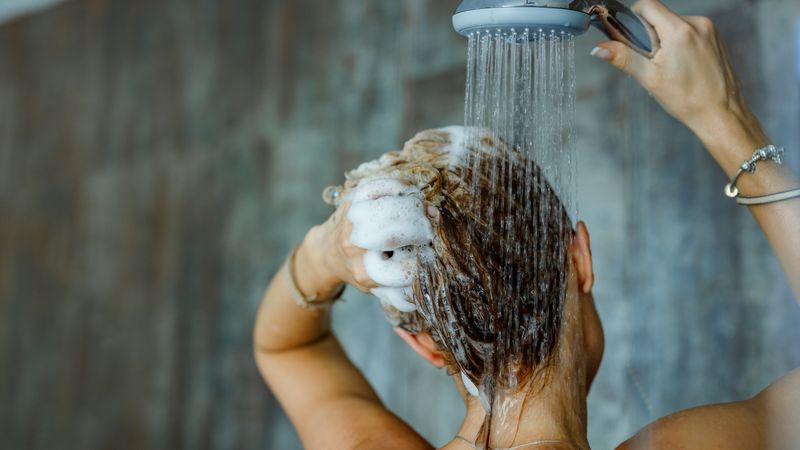
Daily washing might feel necessary, but it strips away protective oils that mature hair desperately needs. Overwashing triggers the scalp to produce more oil, creating a vicious cycle. Most women over 50 benefit from reducing washing to 2-3 times weekly, allowing natural moisturization.
17. Ignoring Medication Side Effects

Many common prescriptions for blood pressure, cholesterol, and arthritis list hair loss as a potential side effect. These medications can alter hair’s growth cycle, pushing more follicles into the resting phase. Always discuss alternative options with your doctor when experiencing new hair thinning.
18. Hormonal Changes Without Adaptation
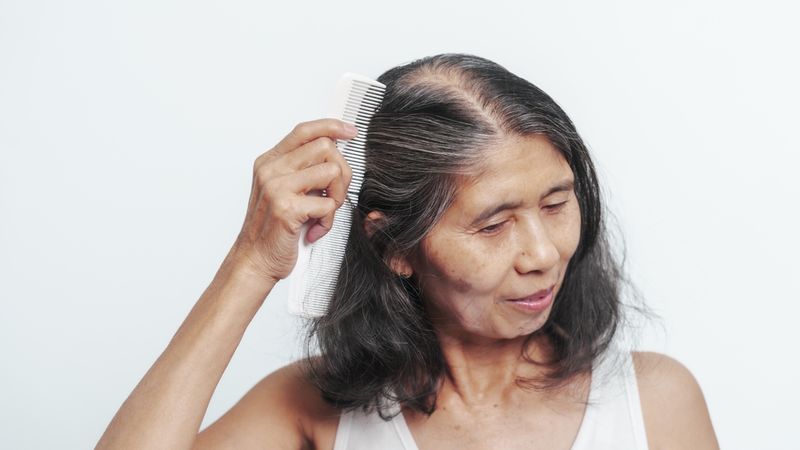
Menopause dramatically reduces estrogen, allowing testosterone’s effects to become more pronounced. This hormonal shift shrinks follicles, producing progressively finer hairs. Continuing the same hair care routine through this transition, without adapting to these biological changes, accelerates visible thinning.
19. Cotton Pillowcase Friction

Cotton pillowcases create significant friction against hair during sleep. Each toss and turn throughout the night causes microscopic damage to cuticles, especially on aging hair. Silk or satin pillowcases allow hair to glide smoothly, preventing the cumulative damage that leads to breakage and thinning.
20. Wearing Heavy Extensions

Extensions might seem like a quick fix for thinning, but they place tremendous strain on existing hair. The constant pulling weakens follicles that are already compromised by age-related changes. This additional stress often accelerates loss, creating a dependency cycle as more extensions are needed.

